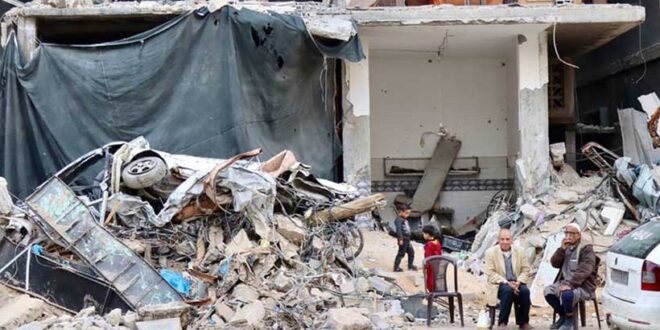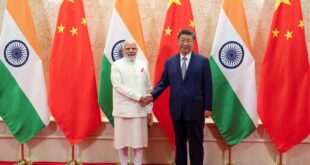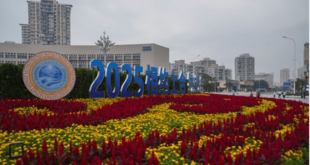In an era where everyone with a smartphone can be a witness to history, the Israel-Palestine conflict has entered a new realm of visibility. This conflict plays out on social media in ways that reshape the conversation around warfare, politics, and global solidarity. While news outlets often focus on state-sanctioned narratives, the people of Gaza and the Palestinian diaspora have turned social media into an essential platform for documenting atrocities and amplifying their voices against oppression.
Today’s media landscape is distinct from earlier eras of televised wars. In the Vietnam War, TV brought uncensored coverage to millions of Americans, sparking antiwar movements. Now, platforms like X, Instagram, and TikTok take this to a new level, allowing instant, unfiltered access to the frontlines from those experiencing it firsthand. Posts from Gaza depict daily survival, civilian casualties, and the harsh realities of life under siege—stories traditionally filtered or omitted by mainstream outlets. Platforms have allowed Palestinians to bypass media that historically framed their struggle through a Western lens.
This shift is not without precedent. Social media empowered Ukrainians to tell their own story in the face of Russian aggression, but in Gaza, the stakes are particularly high. In October 2023, Israel’s incursion into Gaza escalated the conflict. Facing state-backed media portrayals that label Palestinians as aggressors, ordinary Gazans have used digital platforms to counter these narratives, rallying global empathy and sparking protests worldwide. Channels like Eye on Palestine and Quds News Network have seen an explosion of followers, sharing updates that resonate globally and mobilize public opinion and activism.
Prominent Gazans such as Dr. Ghassan Abu Sitta and filmmaker Bisan Owda use social media not just to chronicle violence but to humanize their communities, challenging media narratives. Their posts document the anguish of families, the resilience of medical workers, and the pervasive loss of civilian life. For instance, Bisan’s videos often begin with “It’s Bisan from Gaza and I’m still alive,” drawing attention to the perpetual threat facing civilians.
Beyond awareness, social media has helped mobilize international action. Videos and posts have fueled protests, advocacy, and even boycotts. Legal evidence shared on these platforms has supported cases in the International Court of Justice, where countries like South Africa cite social media documentation as evidence of war crimes. In the West, pro-Palestinian demonstrations have called for boycotts of corporations linked to Israeli interests.
This is a turning point, with Palestinian activists and civilians taking charge of their story and commanding global attention. Whether this leads to tangible change remains to be seen. Social media has permanently shifted the power of wartime narratives, allowing individuals to document and broadcast, in real time, a story of resilience and resistance that traditional media often sidelines.
 Geostrategic Media Political Commentary, Analysis, Security, Defense
Geostrategic Media Political Commentary, Analysis, Security, Defense





